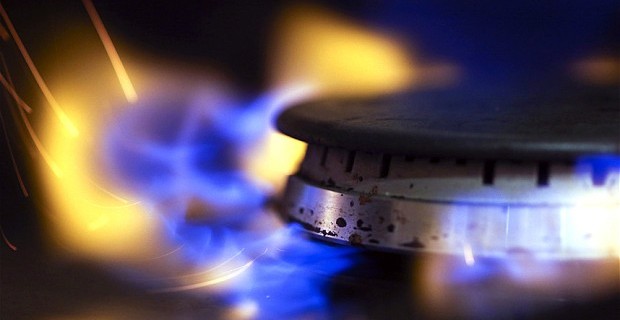End of energy isolation in the Baltics: How Gas interconnection works

End of energy isolation in the Baltics: how the Gas Interconnector Poland-Lithuania (GIPL) works
How does the Gas Interconnector Poland-Lithuania (GIPL) work?
What changes
The Governments of Poland, Lithuania, Latvia and Estonia, the European Commission, have reached an agreement that will allow the construction of the Gas Interconnector Poland-Lithuania (GIPL) by December 2019. The objective is to end the long lasting gas isolation of the Baltic Sea region.
How it works
The project will integrate the gas systems of the Baltic Sea region into the internal EU gas markets in line with the European Commission’s energy security strategy to ensure that no region in Europe remains isolated. It is an achievement of close regional cooperation facilitated by the European Commission in the framework of the Baltic Energy Market Interconnection Plan initiative (BEMIP).
Costs
The total construction costs of the project are € 558 million.
In 2014, GIPL obtained co-financing under the Connecting Europe Facility (CEF) in the form of:
- a grant for studies – around € 10 million
- a grant for works – around € 295 million.
Last month the representatives of the national authorities of Estonia, Latvia, Lithuania and Poland, the Commission, and the project promoters (Amber Grid and Gaz-System, respectively from Lithuania and Poland) agreed on the financial structure of the project, paving the way for its construction and operation by December 2019.
Benefits
GIPL will bring socio-economic benefits to the three Baltic States and Finland (for the latter once the gas interconnector between Finland and Estonia is constructed). It will contribute to:
- ending their gas isolation,
- further diversifying gas sources, routes and counterparts,
- increasing the security of gas supply.
Technical features
New gas pipeline of 700 millimetres with a total length of 534 kilometres, including 357 km in Poland and 177 km in Lithuania.
Starting capacity: from Poland to Lithuania: 2.4 billion cubic meters a year and from Lithuania to Poland: 1.0 billion cubic meters a year.
Background
GIPL is the first gas pipeline connecting Lithuania and Poland and the first gas interconnector between the Eastern Baltic Sea region and the Continental Europe.
It is one of the energy infrastructure projects that benefits of the status of Project of Common European Interest. Projects of Common Interest are critical for completing the European internal energy market and for the attainment of the Juncker Commission priority to establish an Energy Union to secure, affordable and sustainable energy.
The EU investment for energy infrastructure under the Union’s programme Connecting Europe Facility (CEF) amounts to €5.35 billion for the period 2014-2020. Part of this investment will take the form of financial instruments aiming to leverage private financing for infrastructure development. The bulk of this EU support fund will be used to provide support to commercially non-viable projects in the form of grants like the one signed today.
The Commission pays utmost attention to the Baltic region energy links. Gas and electricity infrastructure in the Eastern Baltic Sea region is not sufficiently interlinked requiring further efforts to end the energy isolation of the Baltic States and to integrate the region into the European Network. It was with this objective that the Commission has recently agreed on an Action Plan and Memorandum of Understanding strengthening the Baltic Energy Market Interconnection Plan (BEMIP) as signed by the Commissioner for Energy and Climate, Miguel Arias Cañete, and Energy Ministers of the participating Member States on 8 June 2015. The Baltic Energy Market Interconnection Plan (BEMIP) has become the most prominent of all regional cooperation initiatives in the Baltic Sea region.
Other important projects relevant to the regional energy market
In addition to the project launched today – GIPL – other projects in the Eastern part of the Baltic Sea region are obtaining a status of a Project of Common Interest. Most prominently among these there is the gas interconnector Estonia – Finland (Balticconnector) as well as the underground gas storage in Inčukalns (Latvia).
Other projects include also the regional Baltic LNG terminal, the strengthening of the transmission network of the Baltic States and primarily mainly between Lithuania and Latvia as well as between Latvia and Estonia, the interconnector linking Poland to Denmark (BalticPipe) and the LNG Terminal in Świnoujście (Poland). These projects are central to establishing a well operating gas market in the Eastern Baltic Sea region.
In electricity sector, key projects contributing to the enhanced integration of the Baltic States with the EU market are: interconnections between Lithuania and Sweden (NordBalt) and Poland (LitPol Link) to be inaugurated in December 2015, and the second interconnection between Estonia and Finland (Estlink II) that has been operational since 2014. These interconnections are important for the future synchronisation of the Baltic States with the rest of the EU.
Source: European Commission





























